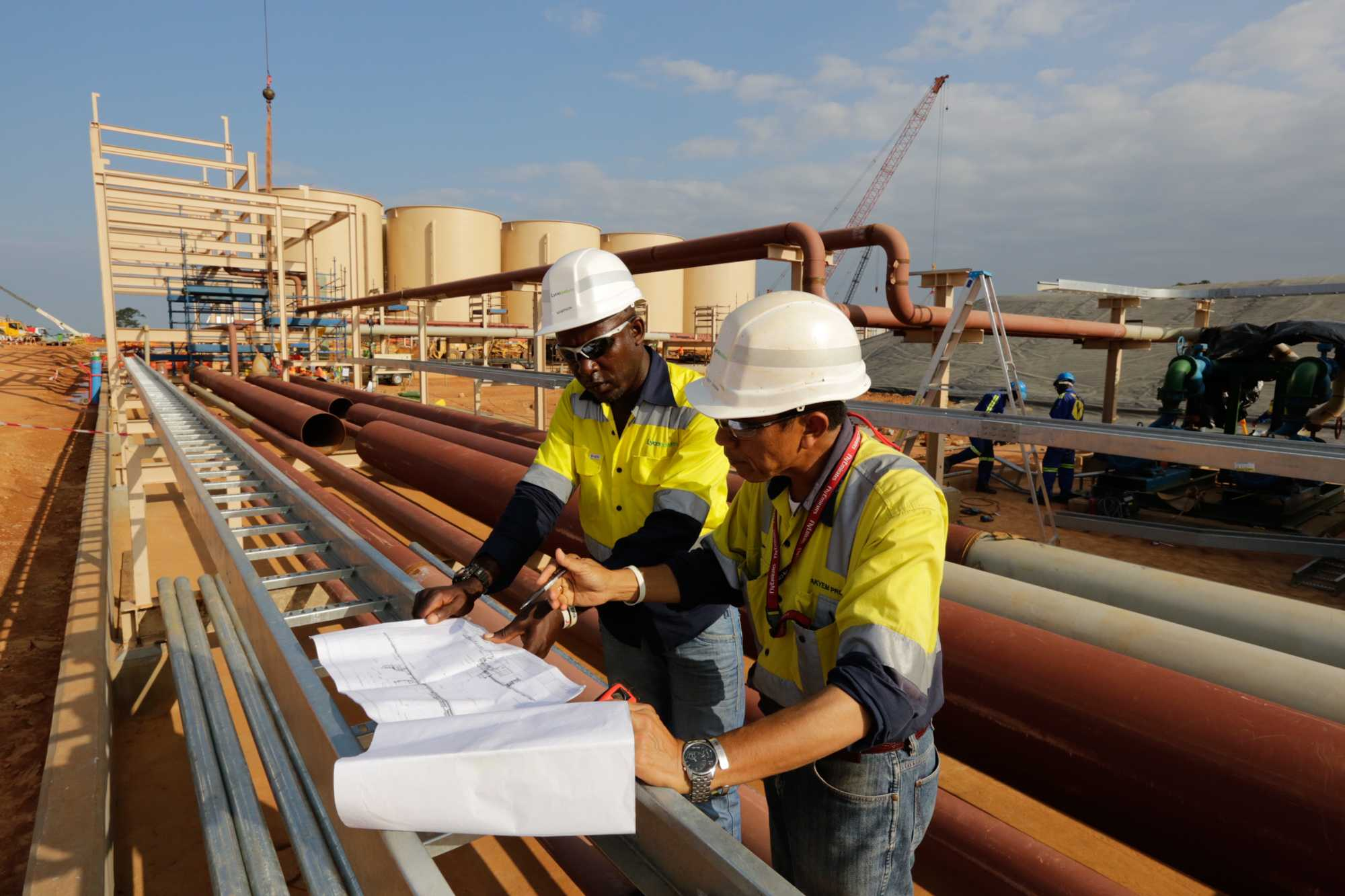
Environmental, Social, and Governance (ESG) considerations are becoming increasingly important for companies across all sectors, including mining. Mining companies face unique challenges when it comes to ESG, given the environmental and social impacts of their operations. However, technology can play a crucial role in helping mining companies track and measure their ESG performance.
ESG in the Mining Sector
Mining companies are under increasing pressure to adopt ESG targets, especially in the wake of COP26 summit commitments to net zero and decarbonization. Mining executives recognize that ESG considerations will cause significant disruption in the industry and drive significant business model change. They also acknowledge that defining success in more than just financial terms is critical to achieving long-term success, which requires looking more holistically at stakeholder returns, including governments, communities, and employees.
The mining sector has long faced criticism for its environmental and social impacts. Mining operations can have significant impacts on local ecosystems, including water quality, soil quality, and biodiversity. They can also have social impacts, such as displacement of communities, labor rights violations, and human rights abuses.
However, in recent years, mining companies have made strides in improving their ESG performance. They have developed sustainability strategies, implemented environmental management systems, and engaged with stakeholders to address social and environmental concerns.
Measuring ESG Performance
Measuring and reporting on ESG performance is essential for mining companies to demonstrate their commitment to sustainability and build trust with stakeholders. However, tracking and measuring ESG performance can be challenging, given the complexity of mining operations and the range of ESG metrics to consider.
To track and measure ESG performance, mining companies can use a range of tools and technologies, including:
-
Environmental Management Systems (EMS): An EMS is a framework for managing environmental impacts and complying with environmental regulations. It can help mining companies track and manage environmental metrics, such as energy usage, water usage, and greenhouse gas emissions.
-
Digital Twins: A digital twin is a virtual replica of a physical asset or system. It can be used to model and optimize mining operations, including energy usage, water usage, and waste management. Digital twins can help mining companies identify opportunities to reduce their environmental impact and improve sustainability performance.
-
IoT Sensors: Internet of Things (IoT) sensors can be used to collect real-time data on environmental metrics, such as air quality, water quality, and noise levels. Mining companies can use this data to identify environmental risks and take proactive steps to mitigate them.
-
Social Impact Assessments (SIAs): An SIA is a tool for assessing the social impacts of mining operations. It can help mining companies identify and address social risks, such as labor rights violations, human rights abuses, and community displacement.
-
Supply Chain Management Systems: A supply chain management system can help mining companies track and manage their supply chain sustainability. It can help ensure that suppliers adhere to ethical and environmental standards, such as responsible sourcing of minerals and reducing carbon emissions.
There are several software solutions in the market that mining companies can use to measure and manage their ESG performance. These software solutions can help mining companies collect, track, and report on ESG data, and can provide insights to help them make informed decisions to improve their sustainability performance. Here are a few examples: -
Enablon: Enablon is a cloud-based software platform that offers a range of EHS (Environment, Health, and Safety) and sustainability management solutions. Its ESG solutions help mining companies track and report on ESG metrics, manage compliance with regulations, and improve sustainability performance.
-
Sphera: Sphera's ESG software solutions help mining companies identify and manage ESG risks, measure performance, and report on progress. It offers a range of tools for tracking and reporting on environmental metrics, managing supply chain sustainability, and engaging with stakeholders.
-
ERM: ERM is an ESG consulting firm that offers a range of software solutions to help mining companies manage ESG performance. Its software tools help companies assess and manage ESG risks, track and report on sustainability metrics, and improve ESG performance.
-
Gensuite: Gensuite is a cloud-based software platform that offers a range of EHS and sustainability management solutions. Its ESG software solutions help mining companies track and report on sustainability metrics, manage supply chain sustainability, and engage with stakeholders.
-
ESG Analytics: ESG Analytics is an ESG data and analytics platform that offers a range of tools for measuring and reporting on sustainability performance. Its solutions help mining companies collect and analyze ESG data, identify trends and risks, and report on sustainability performance to stakeholders.
Conclusion
ESG considerations are critical for mining companies to address, given the environmental and social impacts of their operations. However, measuring and tracking ESG performance can be challenging, given the complexity of mining operations and the range of ESG metrics to consider. Technology can play a crucial role in helping mining companies track and measure their ESG performance, including environmental management systems, digital twins, IoT sensors, social impact assessments, and supply chain management systems. By leveraging these technologies, mining companies can improve their sustainability performance and build trust with stakeholders.











